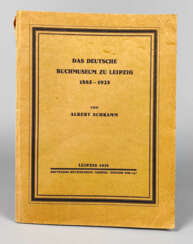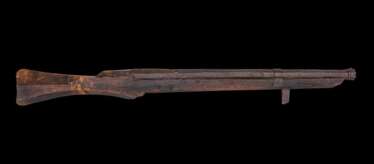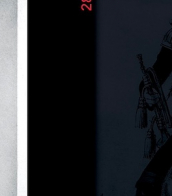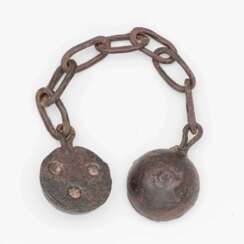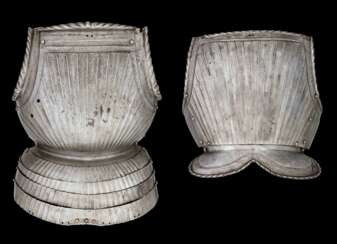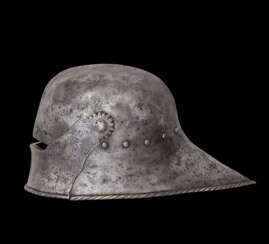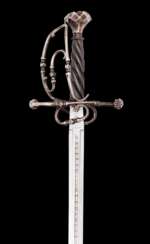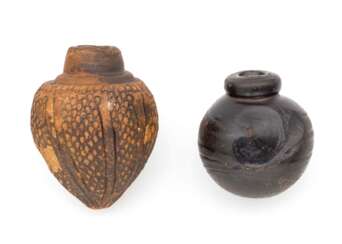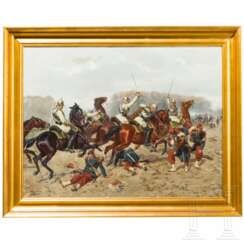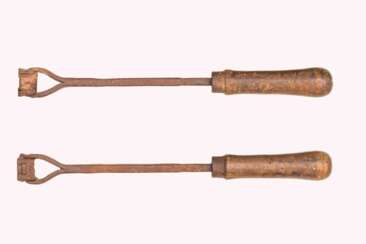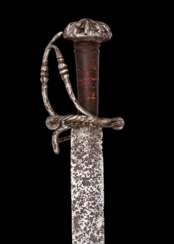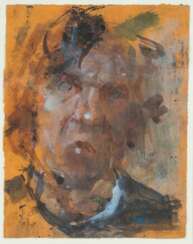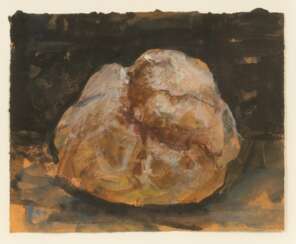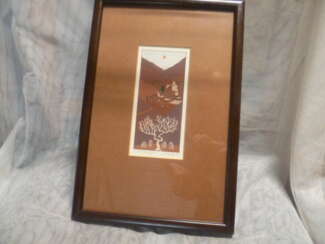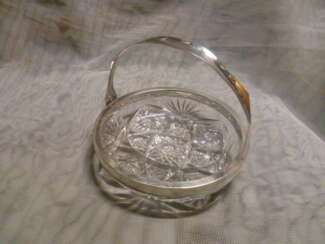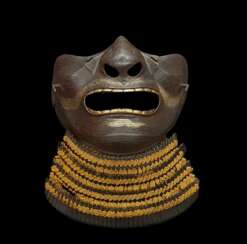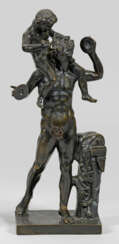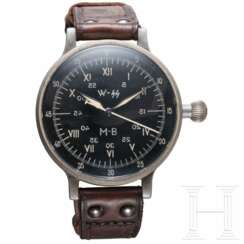deutsches museum

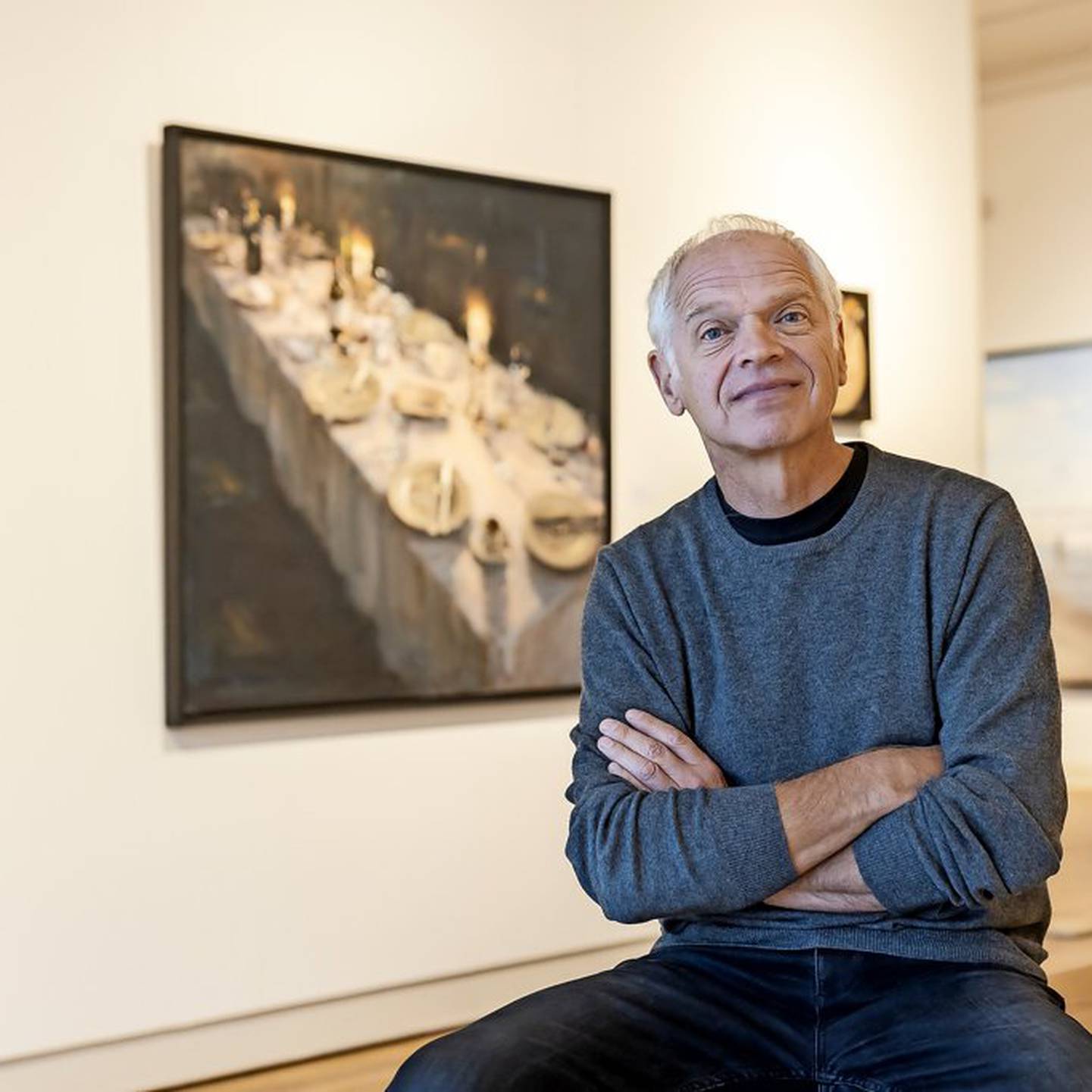
Friedel Anderson is a German landscape, architectural and object painter.
Friedel Anderson's artistic work encompasses a wide range of techniques and motifs, from landscapes painted against nature, city and harbour views to portraits and still lifes. The landscapes initially focused on the Nordic region. Later, regular journeys through Europe (Italy, France, England) and Africa expanded the themes of his travel and landscape paintings. Anderson found further focal points of his work in shipping, the industrial working world, as well as in the cultural and natural spaces around harbours, rivers and industrial ruins. Interiors and still lifes are also among Anderson's important motifs.
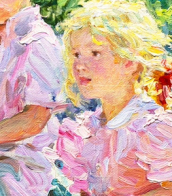

Friedel Anderson is a German landscape, architectural and object painter.
Friedel Anderson's artistic work encompasses a wide range of techniques and motifs, from landscapes painted against nature, city and harbour views to portraits and still lifes. The landscapes initially focused on the Nordic region. Later, regular journeys through Europe (Italy, France, England) and Africa expanded the themes of his travel and landscape paintings. Anderson found further focal points of his work in shipping, the industrial working world, as well as in the cultural and natural spaces around harbours, rivers and industrial ruins. Interiors and still lifes are also among Anderson's important motifs.


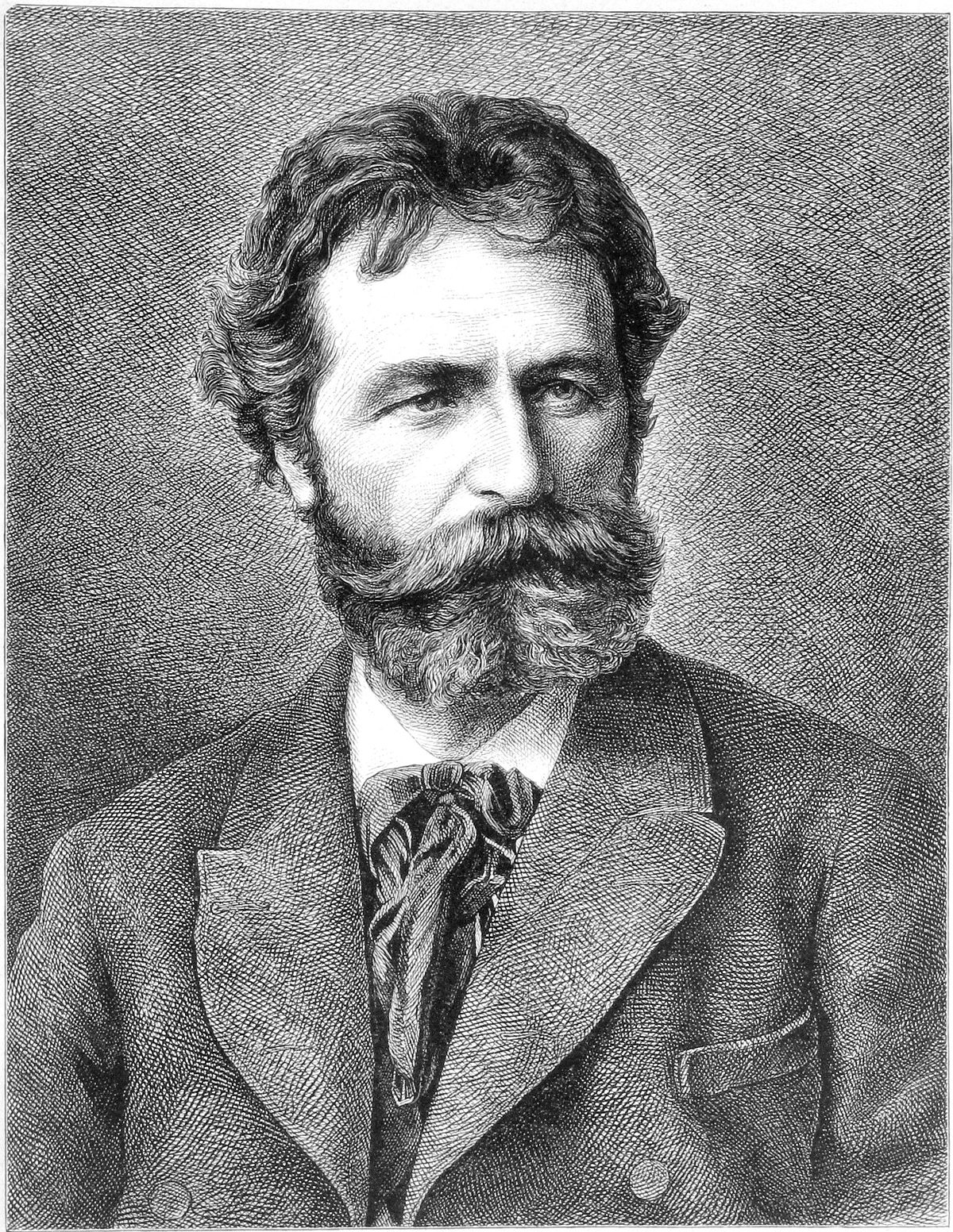
Franz von Defregger was an Austrian artist known for producing genre art and history paintings set in his native county of Tyrol.

